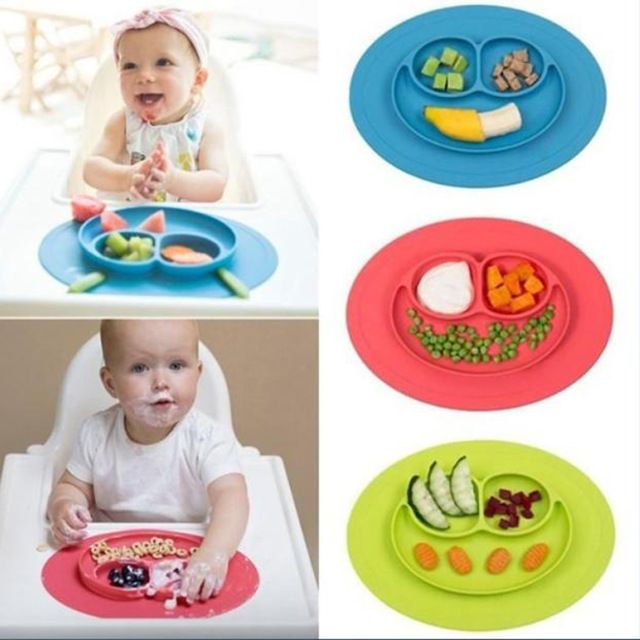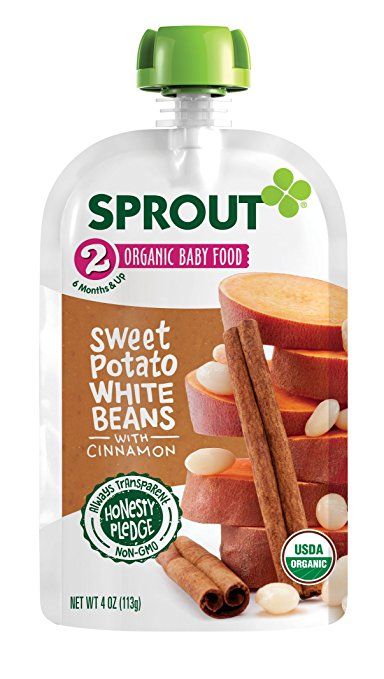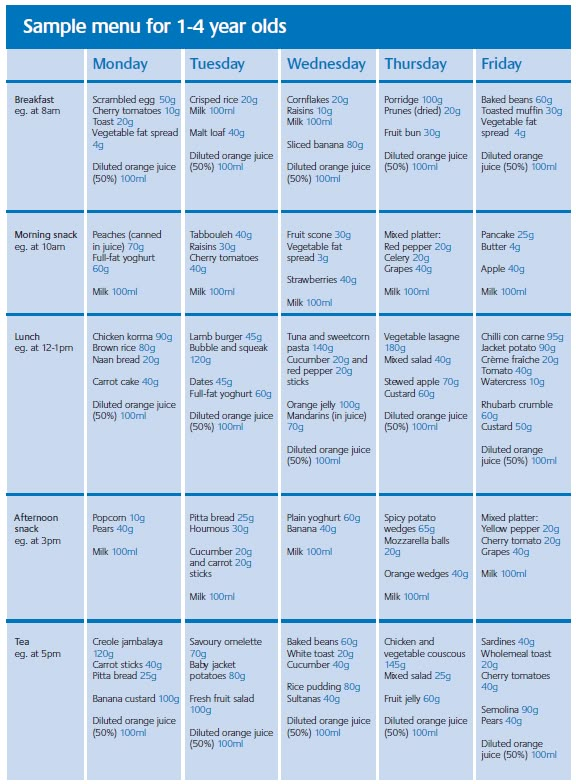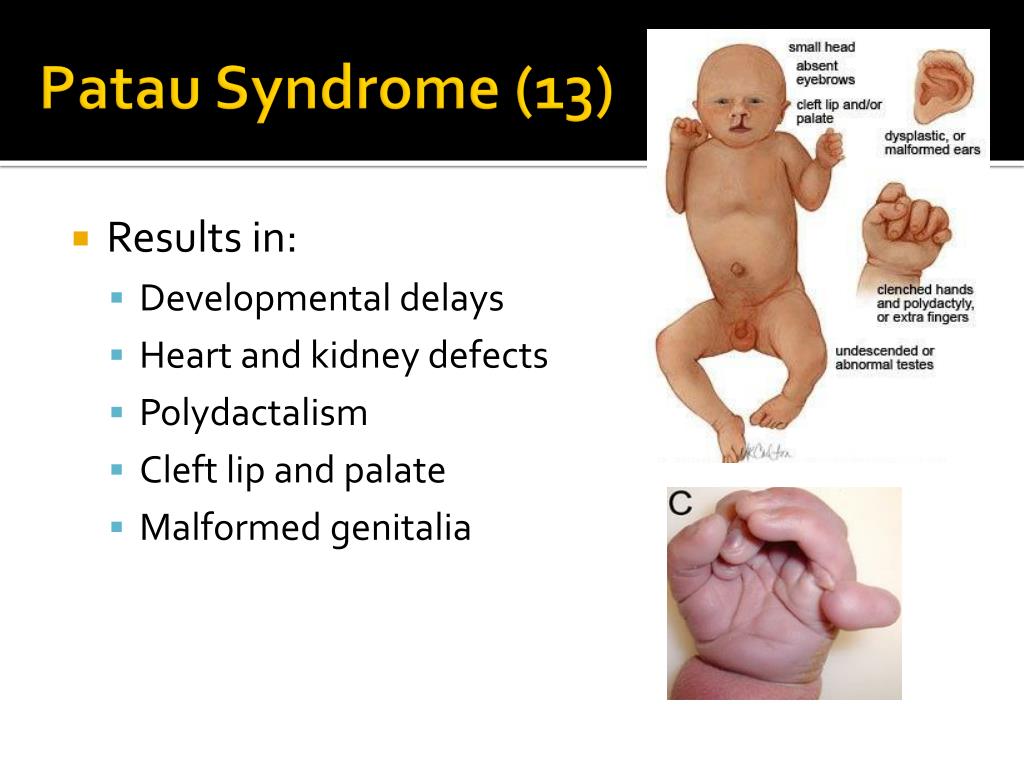Second food for baby
What It Is, When to Start, and Options to Try
Accompanying your child through the different stages of learning how to eat real food is an exciting journey. Sometimes, along with the sense of pride — Look, they polished off the whole jar! — you can feel a little confused. How are you supposed to navigate the milestones?
Let’s start at the beginning: What do the stages of baby food mean, anyway?
Rome wasn’t built in a day, and your baby’s digestive system won’t make the leap from liquid to solid in one day either. That’s what the stages of baby food are for — to help your baby manage the mechanics of eating and to make the transition easier on your baby’s digestive system.
Defining the stages across the brands
While the different stages of baby food aren’t standardized (it would make your life easier if they were!), most popular brands more-or-less follow these four stages:
- Stage 1: 4 to 6 months (watery puree of a single ingredient)
- Stage 2: 6 to 9 months (thicker texture that is strained or mashed)
- Stage 3: 10 to 12 months (mush that has soft, chewable, small chunks)
- Stage 4: After 12 months (finger foods and small, soft pieces of foods you share from your own supper)
What is the difference between stage 1 and stage 2 food?
Stage 1 foods are pretty watery. They’re pureed into a smooth paste that can drip off a spoon easily, so stock up on your bibs. These foods are usually made of a single ingredient: oatmeal cereal, apple, carrots. Your baby will start off eating about half a teaspoon of this.
Stage 2 foods get more exciting. These are strained or mashed into a dense paste. They’re made with a combination of foods that can include legumes and even meats or fish. They may combine flavors, like fruit and veggie blends. Your baby’s appetite is growing and you’ll have to keep pace with bigger portions.
At around 6 to 9 months, your baby is probably ready to move on to stage 2 foods. Not every baby will stick to this schedule simply because every child is a world to their own.
Here are some signs that your child is ready to move on:
- Tongue reflex: At around five months, your child will start losing their tongue thrust reflex and won’t immediately push out the food that you try to feed them.

- More please: They’ll easily polish off the stage 1 foods and look hungry for more.
- Variety: They’ll have eaten foods from all the food categories (vegetables, fruits, legumes, grains, meat) and shown no allergy or intolerance.
- Enjoyment: They’re managing spoonfuls of stage 1 foods easily, mouthing and swallowing happily.
At this exciting stage, feel free to give your baby most types of foods. By offering them a wide range of tastes and textures, you’re giving them a foundation for healthy eating habits — as well as making it easier for yourself. Keep in mind the following safety points:
- Choking hazards: Avoid nuts, seeds, and popcorn at this stage. And make sure to slice round foods like grapes and hot dogs lengthwise.
- No honey: Children younger than 12 months should not be given honey because it could lead to a botulism infection.
- No juice: Follow AAP guidelines and stick with breast milk, formula or a little water and steer clear of juices.
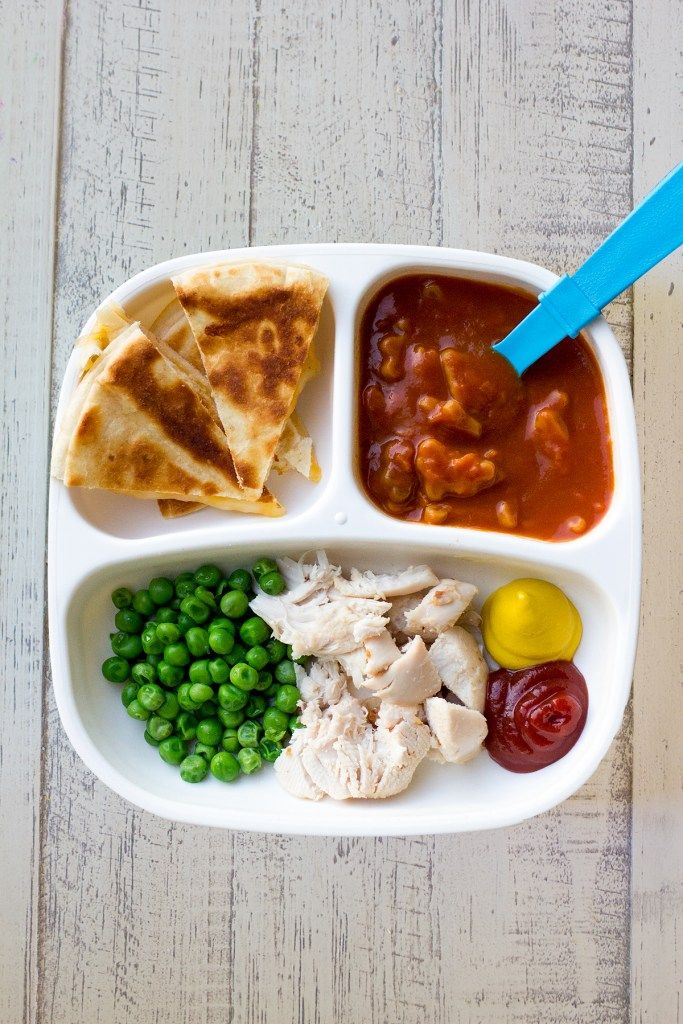
- Safe feeding: Always strap your child into their high chair and keep an eye on them while they’re eating.
And if you’re wondering about peanuts, here’s the scoop: A 2017 release from the National Institutes of Health suggests exposing children to peanut-containing foods as early as 4 months old. (Wait till 6 months for children with mild or moderate eczema.)
Surprised? Don’t be. A recent study suggested that Israeli kids rarely suffer from peanut allergies because they’re munching on Bamba, a peanut-based snack, from as early as 3 months. Talk to your doctor about suggested safe ways to incorporate peanut products into your little one’s diet.
What’s on the menu for stage 2 baby foods? Basically, you can go the store-bought or the homemade route. Or you can mix both depending on how much time you have. It’s up to you and your personal schedule.
Here are tasty ideas for both options.
Store-bought stage 2 baby food
- Plum: These organic blends come in easy-to-transport pouches.
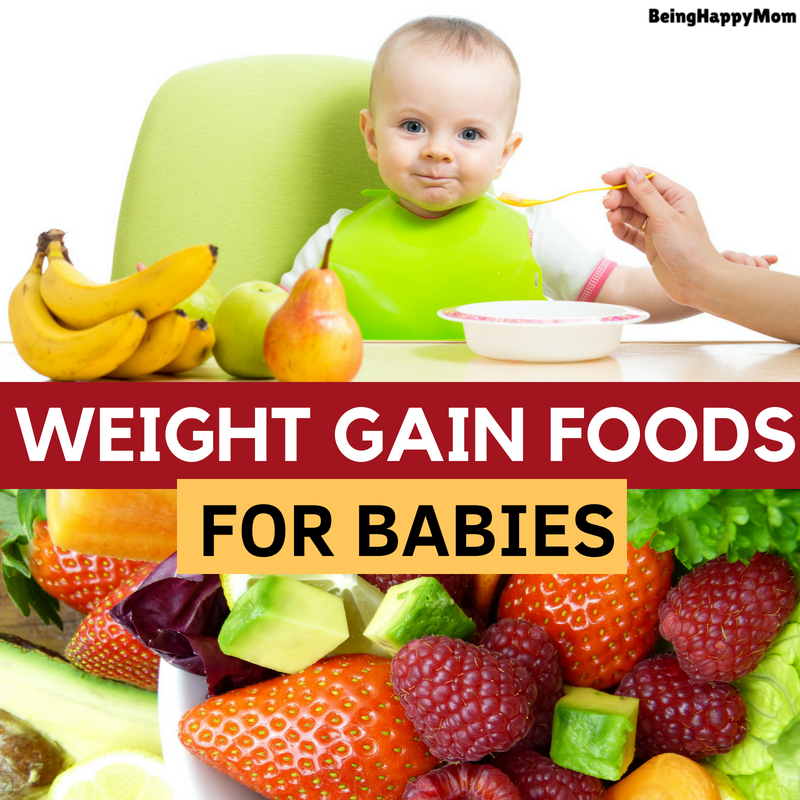 Try pear, spinach, and pea, or banana and pumpkin.
Try pear, spinach, and pea, or banana and pumpkin. - Beech-Nut: Options are available in jars and pouches. Serve up some apples and bananas or pineapple, pear, and avocado.
- Earth’s Best: Another organic option, in pouches or jars. Try sweet potato, barley, and garbanzo or pasta with tomato and white bean.
- Gerber: A classic, whether served up from plastic tubs, jars, or pouches. Flavor combinations include peach mango and oatmeal or chicken noodle dinner.
Remember to monitor your little one while they’re eating. Pouches are handy, but the caps can be a choking hazard. Glass jars are at risk of breaking, so keep them out of baby’s reach. Your baby should always enjoy snacks and meals with attentive adult supervision.
Homemade stage 2 baby food
Cooking up a storm for your baby’s budding taste buds at this stage doesn’t have to be challenging. Here are a few recipes to get you going. (You can find even more baby food recipes here. )
)
Don’t shy away from spices and herbs: your baby will appreciate the added flavor, and the micronutrients in them will give their immune system a boost.
- Apple, butternut, and carrot: Boil the ingredients until they test soft with a fork. Drain some of the water, but set it aside in case you need to thin the mixture. Sprinkle in a little curry and blend.
- Blueberries and chickpeas: You can cook up your own chickpeas or use a prepared version to save time. Mix equal amounts of blueberries and chickpeas. Blend and add breastmilk, formula, or water to get the right consistency. You can also add in some rice for extra oomph and texture.
- Salmon with roasted zucchini and fennel: Spray the salmon and vegetables with oil and broil for about 15 minutes. Add chopped parsley and blend. You can thin the mixture with breastmilk, formula, or water.
Enjoy this stage with your baby because it won’t be long before they move on to the next stages.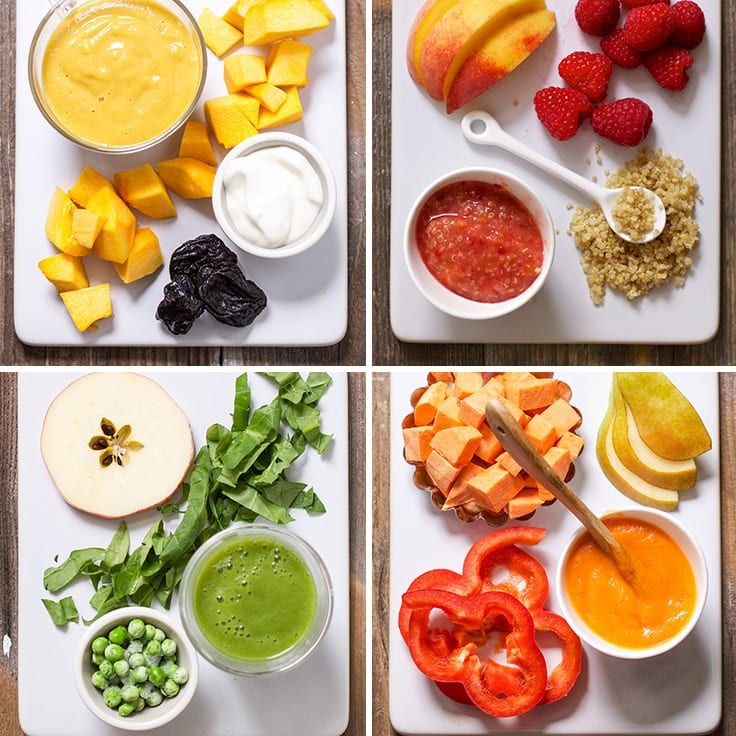 And then, sooner than you think, you may be facing competition for that last slice of caramel-topped cheesecake.
And then, sooner than you think, you may be facing competition for that last slice of caramel-topped cheesecake.
When is a child ready to try a bit more texture?
Once your baby has mastered the art of slurping down smooth purees, it may be time to expand their culinary horizons with Stage 2 baby food. Your little gourmand isn’t quite ready to dine on a plate of spaghetti and meatballs just yet, but Stage 2 foods will give them the opportunity to sample new tastes, as well as consistencies.
Think your baby is ready to graduate onto the next stage of baby food? Here, parents and experts weigh in on Stage 2 baby food. Bon appetit!
What is Stage 2 baby food?
While the jarred Stage 2 baby food you find at the store is typically combinations of food (“sweet potato and chicken dinner”), it’s important to keep in mind this stage is more about the consistency of the food.
“While Stage 1 baby food is completely pureed, Stage 2 baby food has a bit more texture to it,” says Dr.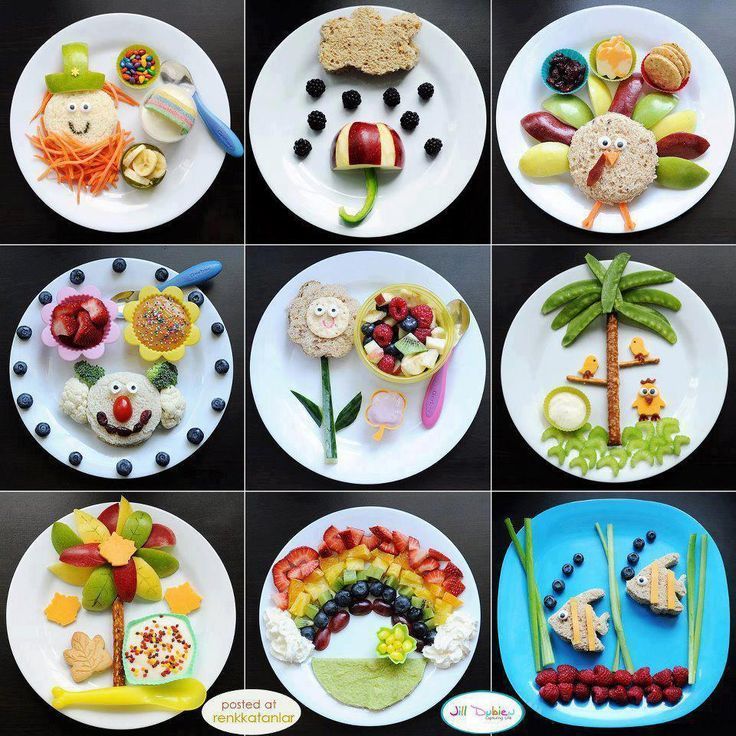 Zulma Laracuente, a pediatrician in Alexandria, Louisiana. “The concept behind slowly transitioning baby from purees to thicker solids is to get them used to chewing and swallowing.”
Zulma Laracuente, a pediatrician in Alexandria, Louisiana. “The concept behind slowly transitioning baby from purees to thicker solids is to get them used to chewing and swallowing.”
Of course, every child develops at their own individual pace, so check with your child’s doctor for baby food recommendations during the first 12 months.
When to start Stage 2 baby food
The Stage 2 baby food age may vary based on when your infant started eating Stage 1 foods. The general age recommendation for Stage 1 baby food is between 4 and 6 months, so taking into consideration how long — and how well — your child has been eating these foods will help you determine if they’re ready to move up. According to Laracuente, babies are usually ready for Stage 2 between 6 and 8 months old — but make sure your little one has honed their Stage 1 skills before making the leap.
“Once your baby has done well with Stage 1 solids and has tried multiple foods, it is safe to advance to Stage 2 baby food,” says Dr.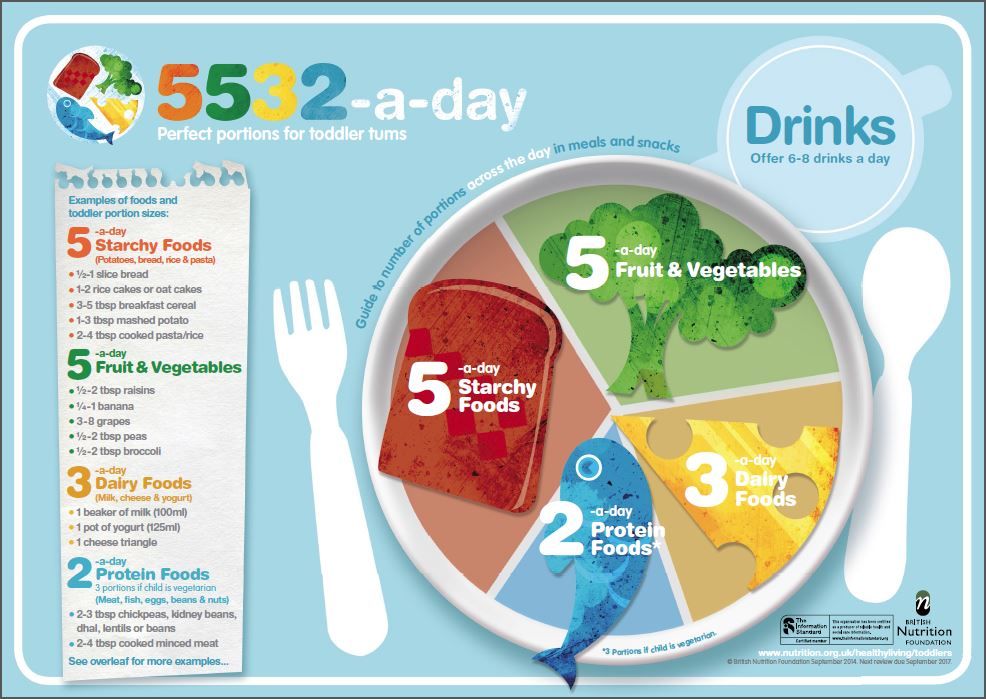 Melanie Custer, a pediatrician at at West Bend Pediatrics at Children’s Hospital of Wisconsin. “These foods usually have multiple ingredients, including some spices and are thicker in consistency.”
Melanie Custer, a pediatrician at at West Bend Pediatrics at Children’s Hospital of Wisconsin. “These foods usually have multiple ingredients, including some spices and are thicker in consistency.”
“These foods usually have multiple ingredients, including some spices and are thicker in consistency.”
DR. MELANIE CUSTER, PEDIATRICIAN
Signs baby is ready to start Stage 2 food
How do you know if your baby is nailing it with their Stage 1 foods and ready for the next step? Simply put, they’re eating and swallowing.
“As your baby’s oral skills develop and improve, you can move on to Stage 2 foods, which are purees with small chunks and texture,” says Jenifer Thompson, R.D., an advanced practice dietician at Johns Hopkins in Baltimore.
Thompson says in order to move on to Stage 2 foods, babies should be consistently taking the spoon in their mouth when you offer it to them, without spitting or pushing it back out.
“Once my baby was no longer grimacing or letting his food dribble onto his chin, I knew we were ready to move onto Stage 2 foods,” says mom of two Darcy McConnell of Garwood, New Jersey. “I actually have no idea how old he was when we made the switch since I based it off of how well he was eating!”
“I actually have no idea how old he was when we made the switch since I based it off of how well he was eating!”
What Stage 2 baby foods to start with
It’s important to expose your child to a number of foods, most of which are safe at this point.
“By the time they are 7 to 8 months, babies should be eating a variety of foods from different food groups, including cereals, meat and other proteins, yogurt, cheese, vegetables and fruits,” says Thompson.
“Most foods can be prepared for any stage, so long as they’re texturally age-appropriate,” says Dr. Kristen Treegoob, a pediatrician at Children’s Hospital of Philadelphia. “When we think of Stage 2 baby food, we’re thinking of thicker purees with some mashable bits.”
Experts advise introducing as many different foods as possible during this stage of food development so your baby gets accustomed to them.
“While bananas, applesauce and peaches are good options and most babies like them, as they are naturally sweet, it is also important to try other foods that aren’t as common and popular, such as beets, rhubarb and asparagus, so they develop a taste for them,” says Custer.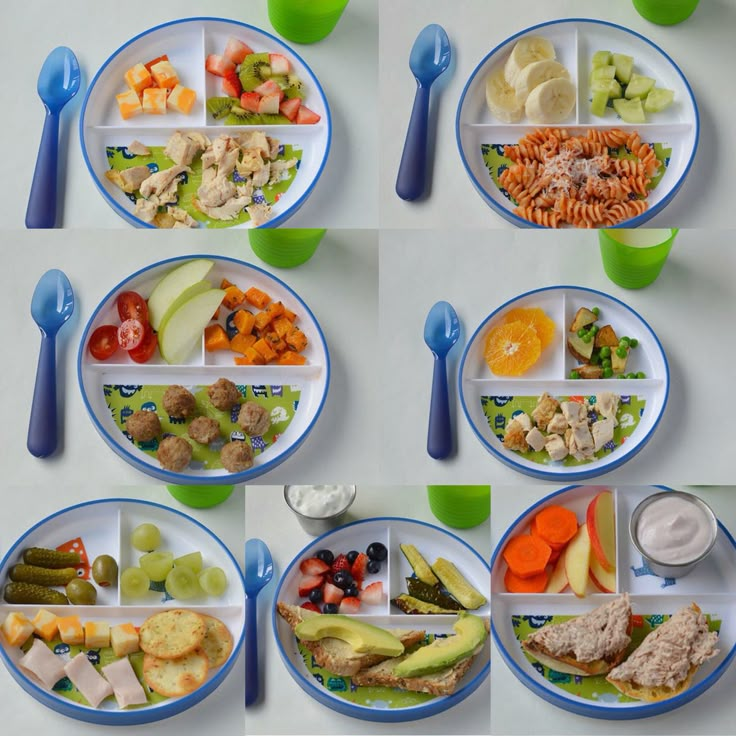
Another thing to keep in mind is that the American Academy of Pediatrics (AAP) no longer recommends delaying the introduction of allergenic foods, particularly peanuts. While it was once advised to wait until your baby was at least 10 months to introduce peanut-containing foods, the AAP now recommends giving babies with no known egg allergy or eczema, infant-safe forms of peanut between 4 to 6 months old. Babies with mild eczema should wait until at least 6 months, and for babies with severe eczema, speak to their doctor before giving them peanut-containing foods. (To find out if your baby has an egg allergy, they must be tested by their pediatrician.)
Which foods to avoid during Stage 2
Even though your little one is venturing into new food texture territory with Stage 2, you should still avoid giving them chunks and small pieces of food, which can pose a serious risk. (Food may be thicker at Stage 2, but it’s still all about the purees and mashes at this point.)
“Infants may have any food that is texture-appropriate for their developmental feeding stage, but it’s important to stay away from choking hazards, such as whole grapes, nuts and seeds,” says Treegoob.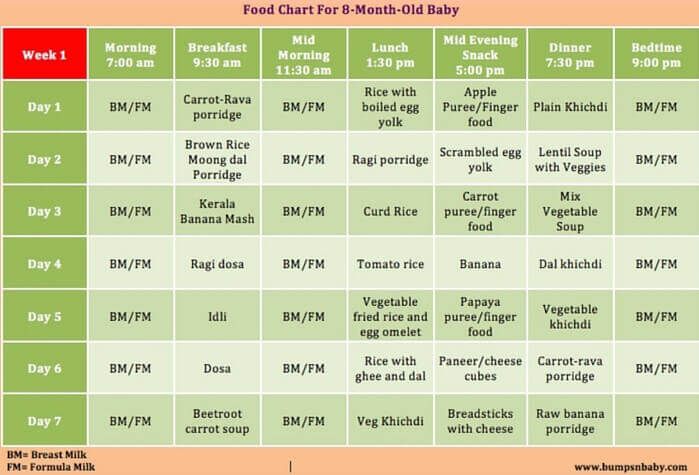
“Infants may have any food that is texture-appropriate for their developmental feeding stage, but it’s important to stay away from choking hazards, such as whole grapes, nuts and seeds.”
DR. KRISTEN TREEGOOB, PEDIATRICIAN
Also, avoid giving your baby honey — raw or cooked — before the age of 12 months, as it may cause a botulism infection.
And finally, when it comes to your baby’s beverage, steer clear of juice. The AAP recommends parents eschew juice, which has “no nutritional benefits over whole fruit,” until at least 1. “At this point, it’s best to stick with breast milk, formula or the odd bit of water (1 to 2 ounces a day), which is mainly for introducing your baby to the skill of using a sippy cup,” says Thompson.
How to start Stage 2 foods safely
Baby should be sitting in a highchair when eating and never left alone. You’ll still be spooning food into your baby’s mouth at this point, but don’t be afraid to let your little one take a whirl at self-feeding in order to get in some practice using utensils.
“At around 9 months, we started letting our son try his hand at feeding himself in his highchair,” says mom of two Erin Henderson, of Waltham, Massachusetts. “It was a mess, but he obviously enjoyed the learning experience.”
Also, during the latter half of your baby’s Stage 2 stint, they may learn how to grab things with their thumb and forefinger and bring them to their mouth.
“Between 8 and 12 months, babies develop the pincer grasp ability and should be able to pick up small pieces of finger food, such as Cheerios or puffs,” says Thompson.
As your baby grows and hones their eating skills, they’ll cut down a bit on how much breast milk or formula they drink — but keep in mind, that should still be their primary source of nutrients.
“Most infants will naturally start to moderate their breast milk or formula intake once their solid intake increases,” says Treegoob. “Solid food may start to account for a significant source of nutritional intake closer to 7 to 9 months. At this time, parents may notice that their baby shows interest in smaller or less frequent bottle or breastfeeds. As long as their weight remains on track and baby is drinking enough milk to stay well-hydrated, there should be no need for concern. Infants typically take somewhere between 24 to 40 ounces of breast milk or formula between 4 to 6 months and 24 to 32 ounces from 6 to 9 months.”
At this time, parents may notice that their baby shows interest in smaller or less frequent bottle or breastfeeds. As long as their weight remains on track and baby is drinking enough milk to stay well-hydrated, there should be no need for concern. Infants typically take somewhere between 24 to 40 ounces of breast milk or formula between 4 to 6 months and 24 to 32 ounces from 6 to 9 months.”
According to the AAP, babies should be eating about 4 ounces of solids (about one small jar of baby food) at each of their meals. And if you’re wondering how long baby food lasts, experts typically recommend 24-48 hours in the fridge or up to 3 months in the freezer.
Lastly, bear in mind that if at first you don’t succeed with a food, try, try again.
“At this age, if babies grimace when taking a bite or shake themselves, it is most often because of a texture issue, not the actual taste,” says Custer. “It is important to keep introducing these foods as it may take a baby up to 15 times to get used to a texture before you can say for sure he/she doesn’t like it. ”
”
Ready for the next stage?
- Stage 3 baby food
2 year old child's menu with recipes
go back
| Menu author: Natalia Dik — pediatrician. She graduated from the Chelyabinsk Medical Academy, clinical internship and residency, specialty pediatrics. She has been working in her specialty since 2007, from 2005-2008 she has been the head of the Allergy Department of the City Clinical Hospital No. 1 of Chelyabinsk, since 2008 she has been a specialist in clinical trials of drugs. She enjoys cooking and practices the Menu of the Week system in her daily life. |
By the age of two, most babies are able to eat many foods and dishes on their own, there is no need to grind food in a blender or knead with a fork. Rejoicing at such changes, some parents want to give the baby to try more new dishes. Some, on the contrary, are afraid to introduce something new, and they are in no hurry to transfer it to the general table. There is some common sense in both approaches. Although the digestive system of a two-year-old baby is already much more mature compared to a one-year-old, nevertheless, it is not yet strong enough. Therefore transition to adult food should be gradual .
There is some common sense in both approaches. Although the digestive system of a two-year-old baby is already much more mature compared to a one-year-old, nevertheless, it is not yet strong enough. Therefore transition to adult food should be gradual .
The sample menu for week below is suitable not only for feeding a two-year-old child, but also for the whole family.
Do not worry if one of the days the child has not eaten all the dishes you have prepared. Our ideas about how much a two-year-old baby should eat often differ from reality in the direction of overestimation. In addition, children may have their own characteristics and preferences. Everything new is best offered in small portions. Often, babies carefully try unfamiliar or otherwise prepared foods, but if they are offered the same dish next time, they can eat it with pleasure.
MONDAY
Breakfast: Porridge made of oatmeal with caramel apples
lunch: Pumpkin puree soup with chicken+salad “Sunny”
SUPPORT: Smoothies with sheepskin coat
Dinner: stewed vegetables with freaksheels
Pediatrician's comment: As at any age, it is very important to diversify the diet of children, including different types of foods . Recommended norm of milk and dairy products - up to 600 ml (of which at least 200 ml are fermented milk products), vegetables 300-400g (of which potatoes - no more than 150g), fruits - 130g, meat (red or poultry) - up to 90g per day , bread - up to 90g (of which black - no more than 30g). It is advisable to eat fish 2-3 times a week (weekly norm 175g), eggs - no more than 3 times a week. |
TUESDAY
Breakfast: Kindergarten-style scrambled eggs Make sure your child drinks enough fluids. Breakfast: Millet porridge with pumpkin in a slow cooker The diet of two-year-old children should not contain such things as fast food (in addition to hamburgers and french fries, these are various chips and store-bought crackers), smoked meats, semi-finished products (sausages, sausages), canned and pickled foods, mushrooms and seafood. Breakfast: Cottage cheese with apples Of course, it is best to prepare baby food from natural products. If, nevertheless, there is a need to purchase finished products (yogurts, curds, etc.) - , be sure to read the information on the composition of on the labels, since at present, even in products intended for baby food, you can often find various flavors, thickeners and preservatives. Manufacturers use many tricks to confuse customers (for example, they write "No preservatives" even if the composition contains citric acid, a powerful preservative). Breakfast: Sweet pilaf with dried fruits and nuts At the age of two, it is already allowed to introduce a small amount of fried , however, try not to abuse this cooking method, preferring boiling, stewing or baking to it. Breakfast: Cottage cheese casserole with pumpkin in a slow cooker The diet of children at the age of two remains 5 times a day: three main meals (breakfast, lunch, dinner) and two intermediate ones. Breakfast: Pancakes with carrots Some experts do not recommend introducing sugar and confectionery into the diet until the age of three , or even for life. If you are already giving your child sweets, remember that the daily intake of sugar for a two-year-old child is up to 50g per day, and the less, the better. Health to you and your children! Author: Anastasija go back Stewed vegetables with meatballs is a recipe for all ages and seasons. Small, ruddy, juicy and fragrant meatballs are always desired and loved by adults and children. And complemented by mouth-watering and bright stewed vegetables, they are generally irresistible and very, very healthy! These meatballs have a little secret - they contain cottage cheese, but there is no usual bread or crackers, so they will serve as a rich source of animal protein. And carrots and cabbage will add vitamins and fiber, make this dish a great lunch or dinner for the whole family. Especially it will appeal to children from about 2. ★★★★★ 3 Rate recipe Ingredients: Preparation: Mix minced meat, chopped onion, cottage cheese and egg. Salt and pepper, mix well. Shape into small, walnut-sized meatballs. Heat oil in a large heavy-bottomed saucepan. Add the meatballs and fry first over high and then over medium heat until golden brown on all sides, about ten minutes. Remove the meatballs from the saucepan and keep warm. Carrots in thin circles along the oblique, and cabbage in squares. Put the vegetables in the pan where the meatballs were fried and simmer, stirring, over low heat for about five minutes. Add about 125 milliliters of boiling water, cover and simmer for ten minutes. Try the readiness of vegetables, they should be easily pierced with a knife, but not fall apart.
Lunch: Borscht puree + Potato casserole with vegetables
Snack: Baked apples with cottage cheese
Dinner: 9003 Stewed vegetables
Pediatrician's comment:  The norm is 35 ml/kg of water per day ie with a weight of 12 kg your baby should drink 420 ml. It is desirable that it be clean water. If the child refuses it, you can try to give unsweetened compote, herbal tea, but not store-bought juices.
The norm is 35 ml/kg of water per day ie with a weight of 12 kg your baby should drink 420 ml. It is desirable that it be clean water. If the child refuses it, you can try to give unsweetened compote, herbal tea, but not store-bought juices. MEDIUM
Lunch: Borscht puree + White cabbage salad with apple
Afternoon snack: Banana smoothie with cookies and nuts
Dinner: Buckwheat porridge + Braised liver
Pediatrician's comment: 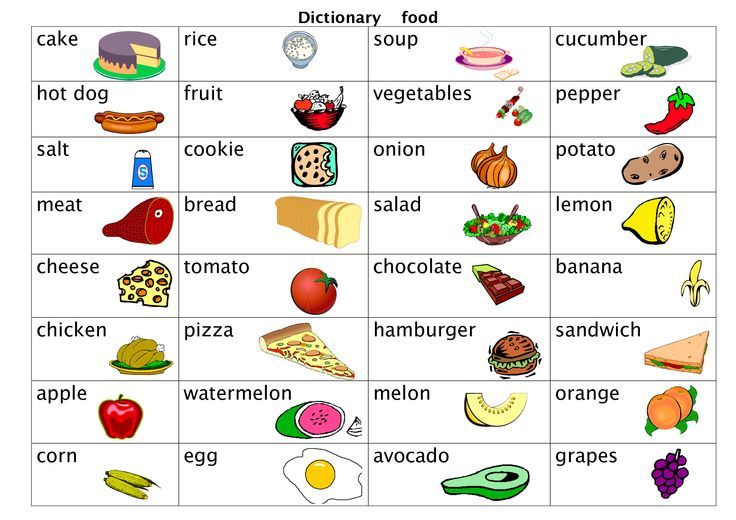
THURSDAY
lunch: Soup with fish meatballs + Carrot and dried apricots
SUPPLE: yogurt+milk cake
DISTURE: buck
Pediatrician's comment: 
FRIDAY
lunch: Soup with fish meatballs + Vitamin Salad
Snack: yogurt+milk cake
Dinner: Potato potatoes with an indocation and damp
Pediatrician's comment: SATURDAY
lunch: Ratatui soup in a multicooker+beetroot salad with prunes and feta
Polorotnik: Kisel from cherry
Dinner: Potato potatoes with an indocation and damp
Pediatrician's comment:  If the break between the main meals is short, then in between it is enough to give an unsweetened fruit (apple, pear) or a vegetable salad (for example, apple + carrot). If the break is long, you can offer the baby a fermented milk product (yogurt, cottage cheese) with bread or cookies.
If the break between the main meals is short, then in between it is enough to give an unsweetened fruit (apple, pear) or a vegetable salad (for example, apple + carrot). If the break is long, you can offer the baby a fermented milk product (yogurt, cottage cheese) with bread or cookies. SUNDAY
Lunch: Multi-cooker ratatouille soup + Beet salad with prunes and feta
Snack: Cherry jelly
Dinner: fish casserole1 9032 900
Pediatrician's comment:  Chocolates and chocolates should be avoided as they stimulate the nervous system of children, often cause allergies and can cause constipation.
Chocolates and chocolates should be avoided as they stimulate the nervous system of children, often cause allergies and can cause constipation. Do you like these recipes?
Recipe for steamed vegetables with meatballs
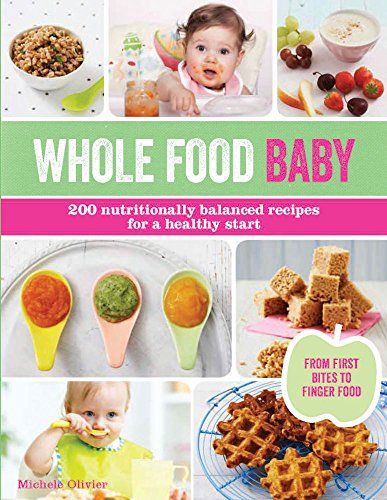 5 years. In this case, take lean minced veal. It is especially tasty to cook this dish from young vegetables: cabbage and carrots.
5 years. In this case, take lean minced veal. It is especially tasty to cook this dish from young vegetables: cabbage and carrots.
In addition, meatballs are convenient to freeze and store in the freezer, which makes them a universal helper for every housewife.

While the meatballs are frying, chop the washed and peeled vegetables.
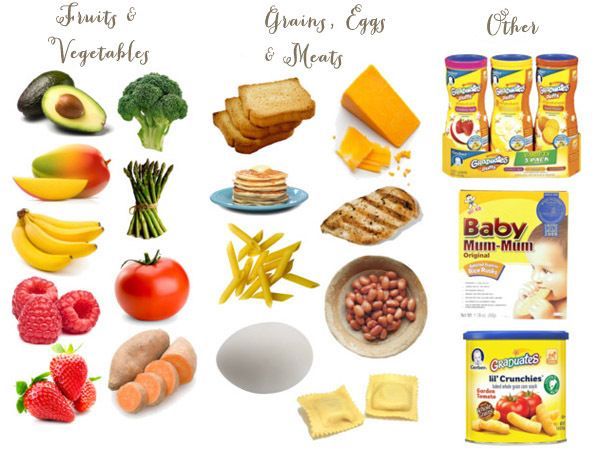

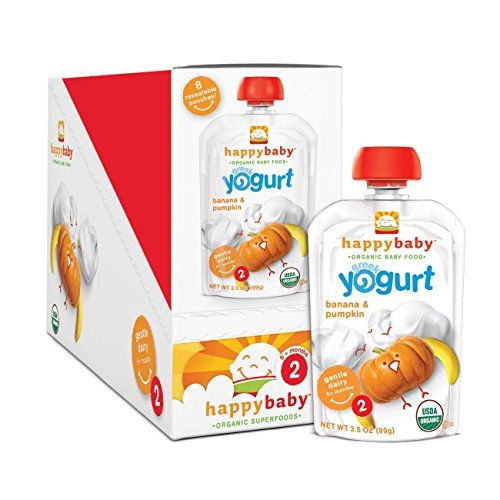 At the same time, vegetables (fresh and cooked), fruits, cereals, milk and dairy products, vegetable and butter should be on the children's menu daily.
At the same time, vegetables (fresh and cooked), fruits, cereals, milk and dairy products, vegetable and butter should be on the children's menu daily. 